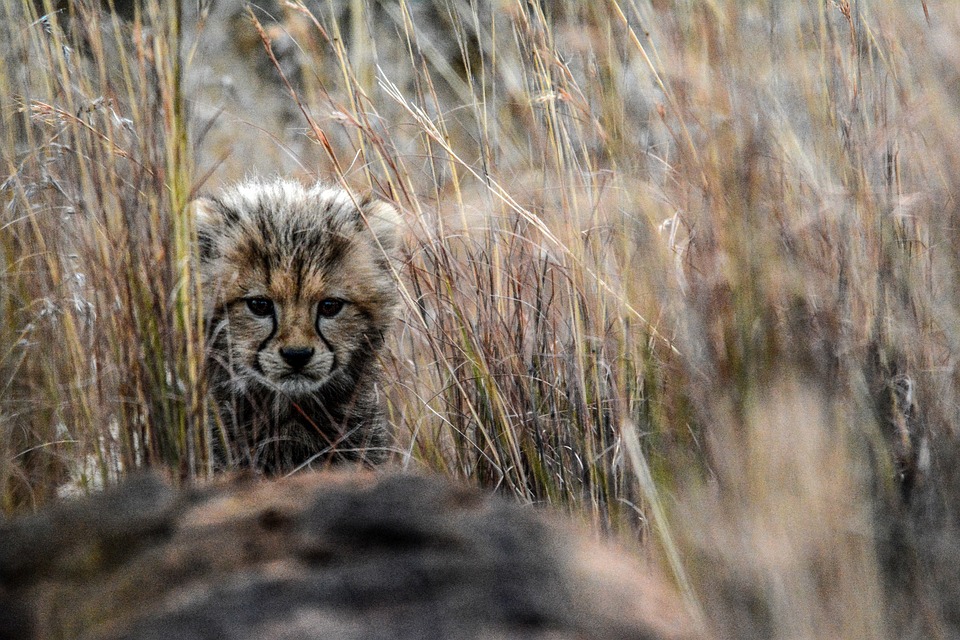Creating a cat-friendly garden is not only a great way to enhance your outdoor space but also provides a safe and stimulating environment for your beloved feline companion. Cat grass, in particular, plays a crucial role in a cat’s overall well-being, contributing to their physical and mental health. In this article, we will guide you through the process of creating a cat-friendly garden, with a specific focus on incorporating cat grass into the design. Let’s get started!
Understanding the Importance of Cat Grass
Cat grass, also known as catnip or catmint, is a specific type of grass that is safe and beneficial for cats to chew on. This natural plant not only provides necessary dietary fiber but also helps with digestion and prevents the formation of hairballs. Furthermore, chewing on cat grass stimulates a cat’s natural instincts, allowing them to engage in their primal behaviors, such as hunting and grazing.
Choosing the Right Cat Grass Varieties
When selecting cat grass varieties for your garden, it’s important to opt for non-toxic options that are safe for your furry friend to consume. Some popular cat grass varieties include:
a) Dactylis glomerata (Orchard Grass): A low-maintenance grass that is safe for cats and easy to grow in various climates.
b) Lolium perenne (Perennial Ryegrass): This grass grows quickly and is an excellent choice for providing a constant supply of fresh cat grass for your feline companion.
c) Hordeum vulgare (Barley Grass): Barley grass is rich in essential nutrients and is known to aid in digestion for cats.
Creating a Dedicated Cat Grass Area
To ensure that your cat has easy access to cat grass, it’s essential to designate a specific area in your garden solely for this purpose. Follow these steps to create a dedicated cat grass area:
a) Choose a suitable location: Select a spot in your garden that receives partial sunlight, as cat grass tends to thrive in such conditions.
b) Prepare the soil: Loosen the soil in the designated area and remove any debris or weeds that may hinder the growth of the cat grass.
c) Plant the cat grass seeds: Scatter the cat grass seeds evenly across the prepared area and lightly cover them with a thin layer of soil.
d) Water and maintain: Water the area regularly to keep the soil moist but not waterlogged. Ensure the grass receives adequate sunlight, and remove any weeds that may compete with the cat grass for nutrients.
Frequently Asked Questions (FAQs)
Q1: Is cat grass safe for all cats?
A1: Yes, cat grass is generally safe for all cats. However, it’s important to monitor your cat’s consumption to avoid excessive ingestion, which can cause digestive upset.
Q2: Can I grow cat grass indoors?
A2: Absolutely! Cat grass can be grown indoors in pots or trays near windows, providing your cat with a readily accessible source of greens throughout the year.
Q3: Are there any alternatives to cat grass?
A3: If cat grass is not readily available or doesn’t suit your cat’s taste, you can also consider growing catnip or other cat-friendly herbs like mint, thyme, or parsley.
Q4: How often should I replace the cat grass?
A4: It is recommended to replace the cat grass every 1-2 weeks to ensure freshness and prevent the build-up of bacteria.
Conclusion
By incorporating a dedicated cat grass area into your garden, you can create an enriching and safe outdoor environment for your feline friend. Cat grass not only provides numerous health benefits but also satisfies your cat’s natural instincts. Remember to choose the right cat grass varieties, create a designated area, and maintain it properly to ensure a continuous supply of fresh greens for your cat to enjoy. With a cat-friendly garden, your furry companion will thank you for providing them with a slice of paradise.








